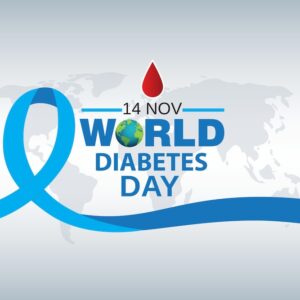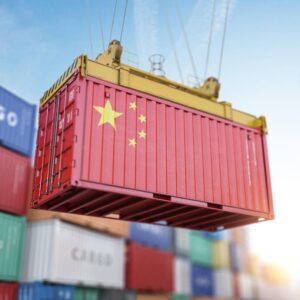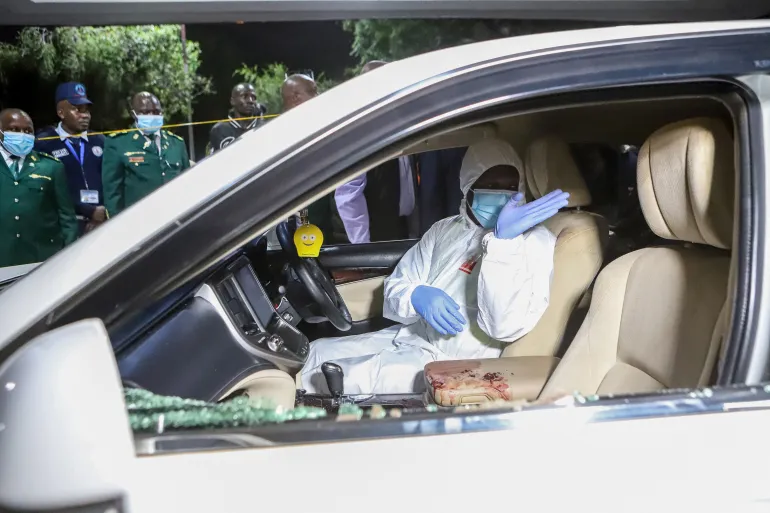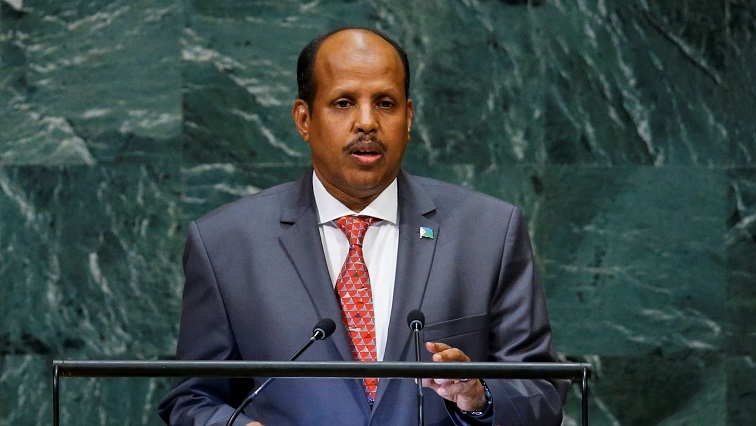On the evening of May 8, 2025, white smoke billowed from the chimney of the Sistine Chapel, sending a wave of excitement through the crowd gathered in St. Peter’s Square. After a brief moment of hushed anticipation, the bells of St. Peter’s Basilica rang out, confirming what many had hoped for—Habemus Papam. The 267th pope had been chosen: Cardinal Robert Francis Prevost of the United States, now Pope Leo XIV. At 69 years old, he becomes the first American-born pontiff in the history of the Roman Catholic Church.
His election came after a short conclave, which began just two days earlier following the death of Pope Francis on April 21. With 133 cardinal electors from around the world gathered in Rome, the Church faced a critical moment. Tensions had simmered between supporters of Pope Francis’ progressive reforms and those longing for a more traditional path. As ballots were cast and black smoke signaled early indecision, few expected a relatively low-profile figure like Prevost to emerge as a consensus choice.
But after four rounds of voting, he secured the two-thirds majority needed. In a powerful gesture of continuity, he chose the name Leo XIV—a tribute to Pope Leo XIII, whose legacy of bridging Church teaching with modern social concerns still resonates today.
Who Is Pope Leo XIV?
Early Life and Ministry
Robert Francis Prevost was born on September 14, 1955, in Chicago, Illinois, into a Catholic family with French and Italian heritage. He was drawn to faith and service from a young age and eventually joined the Augustinian order, known for its deep sense of community and commitment to the poor. He was ordained a priest in 1982 and soon after was sent on mission to Peru—a place that would shape his life and ministry.
In Peru, he worked for nearly two decades among indigenous communities, migrants, and the urban poor, immersing himself in local culture, learning Spanish and Quechua, and eventually becoming a Peruvian citizen. These years solidified his deep commitment to social justice and pastoral outreach—values that continue to shape his leadership today.
Leadership in the Church
His talent for leadership became apparent early on. In 1999, Prevost was elected prior general of the Augustinian order, a position he held for two terms. His global outlook and ability to lead across cultures gained him respect both within the order and beyond.
In 2014, Pope Francis appointed him bishop of Chiclayo, Peru, and later archbishop. His compassionate pastoral style and strong administrative skills stood out. Then in 2023, he was named a cardinal and appointed prefect of the Dicastery for Bishops—a powerful Vatican office responsible for overseeing the appointment of bishops around the world. Under his leadership, the dicastery saw historic changes, including the inclusion of women on the advisory panel for bishop nominations, a move in step with Francis’ inclusive vision for the Church.
By early 2025, just months before the conclave, he was elevated to the highest rank of cardinal—a sign of the trust Pope Francis had in him.
Views and Vision
Pope Leo XIV is often described as a bridge between different camps within the Church. Theologically, he upholds traditional teachings, particularly on matters like women’s ordination. But socially and pastorally, he leans progressive—deeply committed to caring for the poor, welcoming migrants, and listening to the voices of marginalized communities.
He has frequently emphasized the need for a Church that is “close to the people,” echoing Pope Francis’ vision of a Church that serves as a “field hospital” for the wounded. His expertise in canon law and decades of leadership experience suggest a pope who values both compassion and order—qualities that may help heal internal divisions and restore credibility to the Church’s global mission.
An American Pope with a Global Heart
Pope Leo XIV’s election marks a historic shift. For decades, the idea of an American pope seemed unlikely, largely due to concerns about U.S. influence on global affairs. But Prevost’s story—an American by birth, a Peruvian by mission, and a citizen of the world by experience—helped him transcend those concerns.
His fluency in English, Spanish, Italian, and some French makes him relatable across continents. And his long service in Latin America gives him a deep understanding of the challenges facing the Global South. While Americans celebrated his election on social media—one post read, “Chicago’s Cardinal Prevost is Pope Leo XIV—historic!”—many around the world saw in him a leader rooted in humility, justice, and pastoral care.
Looking Ahead
As he steps into this new role, Pope Leo XIV brings with him the hopes of a Church seeking unity, integrity, and renewed purpose. His election signals continuity with the legacy of Pope Francis, but also a renewed effort to ground that vision in the Church’s rich tradition.
In choosing the name Leo XIV, he has aligned himself with a legacy of popes who saw no contradiction between faith and the challenges of the modern world. With a calm demeanor and a steady voice, he has already begun to outline a path forward: one that listens, serves, and walks humbly with all of God’s people.






